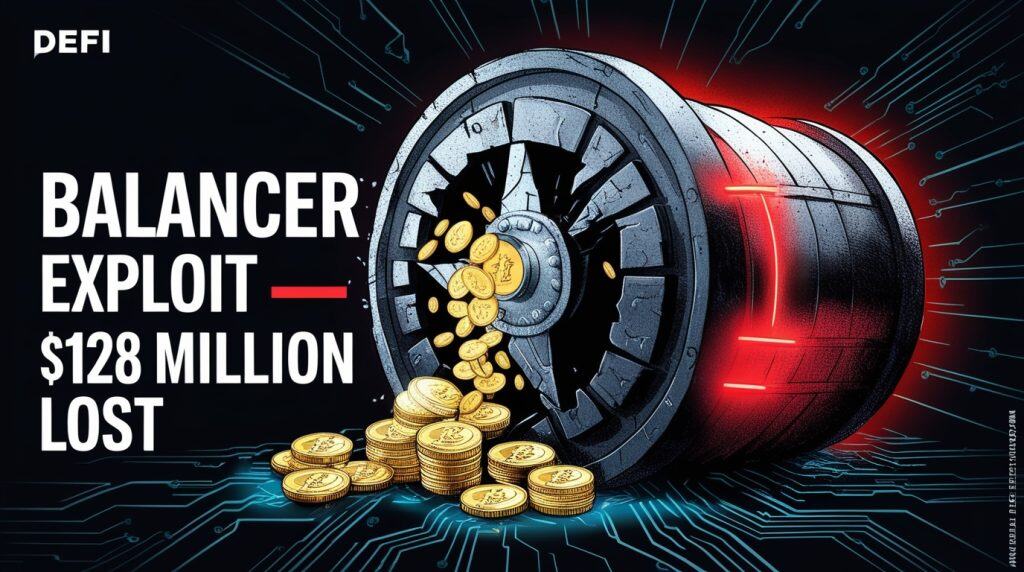
The decentralized finance (DeFi) space took a heavy blow on November 3, 2025, when Balancer, one of DeFi’s most trusted automated market makers, suffered a catastrophic $128 million exploit. The attack — spread across Ethereum, Arbitrum, Base, and several other chains — has become one of the largest multi-chain hacks of the year, reigniting deep concerns about how secure DeFi really is.

The Core Issue: Precision, Math, and Missed Details
Investigations point to a subtle rounding error in Balancer V2’s Composable Stable Pools — a minor precision bug that attackers weaponized to manipulate the protocol’s internal pricing. Others flagged a separate access-control flaw that may have enabled unauthorized withdrawals. Either way, it’s a harsh lesson in how small logic errors can trigger massive capital losses in open systems.
The Shockwave Through DeFi
Because dozens of protocols forked Balancer’s code, the damage rippled across the ecosystem. Berachain was forced to halt its entire network, and several forks, including Beets and Beethoven, were also hit. In just hours, over $400 million was withdrawn from Balancer’s pools, and BAL token plunged more than 10%. Ethereum and Bitcoin briefly followed the sell-off as confidence wavered.
The Bigger Picture: When Audits Aren’t Enough
Despite 10+ security audits and years of stability, Balancer still fell victim to a critical flaw. It’s a reminder that “audited” isn’t synonymous with “secure.”For traders and DeFi investors, this underscores three realities:
1. Smart contract risk is permanent — even in top-tier protocols.
2. Composability cuts both ways — one vulnerable base layer can endanger an entire ecosystem.
3. Diversification and vigilance are non-negotiable in DeFi portfolios.
The Takeaway
The Balancer exploit isn’t just a single protocol failure — it’s a systemic wake-up call. DeFi’s promise of open, unstoppable finance comes with open, unstoppable risk. For traders, that means staying informed, using trusted platforms, and remembering that in DeFi, trust must always be verified.

